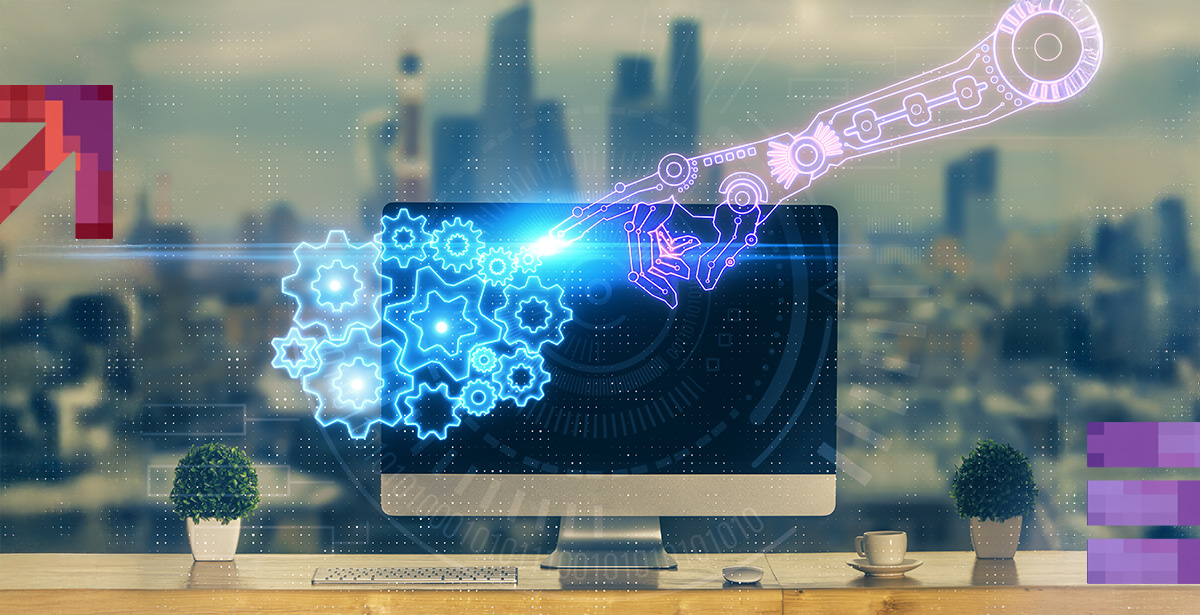How Generative AI Is Modernizing Enterprise System Integration

Generative AI trumps manual integration.
If you’re not using it to turbocharge your enterprise system integration projects, you’re already behind the curve. No matter your industry or how complex your tech stack is, there are gaps in your workflows that only AI can bridge.
From automated data mapping to self-healing workflows, generative models are making integration smarter and faster than ever.
The Link Between Generative AI and Systems Integration
For decades, enterprises invested in middleware (ESBs, ETL tools, and iPaaS platforms) to glue systems together. These projects often stall due to manual complexity: custom scripts, brittle mappings, and slow debugging.
Now, generative AI is flipping that script. It lets engineers (and even business analysts) describe desired outcomes in plain English and get working integration code back. Think of it as giving your integration platform a brain: you instruct, and the AI writes the pipeline.
Leading integration platforms are racing to weave generative AI into their stacks. Analysts predict AI will automate a large portion of routine integration work, and major iPaaS vendors aren’t waiting: they’re bundling GenAI directly into their tools to meet this demand.
For example, Dell Boomi’s new enterprise integration solutions is an AI platform which advertises that it can “turn words into actions, seamlessly connecting applications, data, processes, people, and devices.”
In other words, Boomi lets developers build and govern AI “agents” that automate integration tasks by learning from millions of previous data flows.
Salesforce’s MuleSoft is doing the same: its executives emphasize that every AI-driven step is built on APIs. MuleSoft Composer provides drag-and-drop AI assistants that auto-generate flows for common business scenarios.
Quick Wins with AI in Enterprise Systems Integration
Generative AI injects speed and intelligence into systems integration. Think of it like having an AI copilot for every workflow. Here are a few major upsides:
- AI-Driven Mapping – Large Language Models (LLMs) can automatically identify and link fields between systems based on context. This slashes development time by generating API endpoints and data transforms from simple descriptions.
- Autonomous Agents – Smart bots can monitor your APIs and trigger workflows or data-sync jobs on demand (e.g. syncing inventory or sending alerts). As a result, your team is free from manual runbooks.
- Predictive Troubleshooting – AI analyses logs and error patterns to forecast integration breakdowns and suggest fixes in real time. That way, you can catch issues before they cascade.
- Cleaner Data Flows – AI-powered validation and normalization ensure data is cleansed as it moves between systems. It catches anomalies or mismatches before they cause BI or AI models to wobble.
- Contextual Intelligence – AI can propose best-practice enterprise integrations patterns or mapping templates based on similar scenarios. This can especially be helpful for less-experienced developers.
- Rapid Connectivity – Onboarding a new cloud service can happen in minutes by having AI-driven tools or prebuilt prompts auto-generate the connector logic instead of hand-coding it.
Together, these advances mean your integration process isn’t just faster; it’s smarter. Plus, simple connectors lead to fewer production bugs, whereas AI-triaged data reduces downstream problems.
These improvements also compound over time: as the AI learns your data and priorities, each new
How to Build Your Enterprise Integration Strategy
It’s not enough to plan connectors and ETL jobs; you must also define how models and prompts fit into your ecosystem.
Key pillars of a modern strategy include:
Governance & Compliance
Define who can trigger AI-driven integrations and how to audit them. You should also ensure your governance framework covers both data flows and AI outputs, and that processes meet industry regulations.
Security & Privacy
Keep sensitive data safe. Decide which AI models can handle confidential information, and use on-premise or private cloud LLMs when needed. Treat an AI-driven data leak as seriously as any breach, and build in data masking or anonymization when appropriate.
Hybrid Cloud Architecture
Plan for a mix of deployments. Some AI services, especially those requiring proprietary data, may run on-premises, while others use cloud APIs. Your integration platform should seamlessly handle both, so workflows can cross boundaries without skipping a beat.
Monitoring & MLOps
Integrations are now part software, part AI. Implement continuous monitoring (end-to-end latency, error rates, model performance). Build MLOps processes to retrain models as data evolves, and track AI-specific KPIs (like response quality) in your dashboards.
Skill Development
Level up your team. Integration developers should learn prompt engineering and AI best practices. Data scientists should understand your enterprise systems. Blending these skills, whether via training or hiring, is key to getting the most out of generative AI.
Ultimately, a modern integration strategy treats data flows and AI models as one ecosystem: it’s about being fast, responsive, and secure across the board.
Choosing Your Enterprise Integration Services Provider
For visionary enterprises, AI integration is no longer optional – it’s the next standard. Don’t get left behind.
Consultants and vendors are racing to help organizations bridge to this new era. Many integration service firms now offer AI workshops, pilot projects, and specialized connectors. For example, at DPL we’ve already begun building custom AI-augmented connectors and agents for clients.
Our teams can help define an end-to-end integration architecture with generative AI; from strategy and design to development and deployment. We also emphasize knowledge transfer: our teams train your staff on the new AI-enhanced tools and processes, so you can maintain and extend the integration system internally.
So, ditch the mess and get your systems talking – fast. If your enterprise system integration feels stuck, drop us a line. We’ll help you plug in the good stuff.





